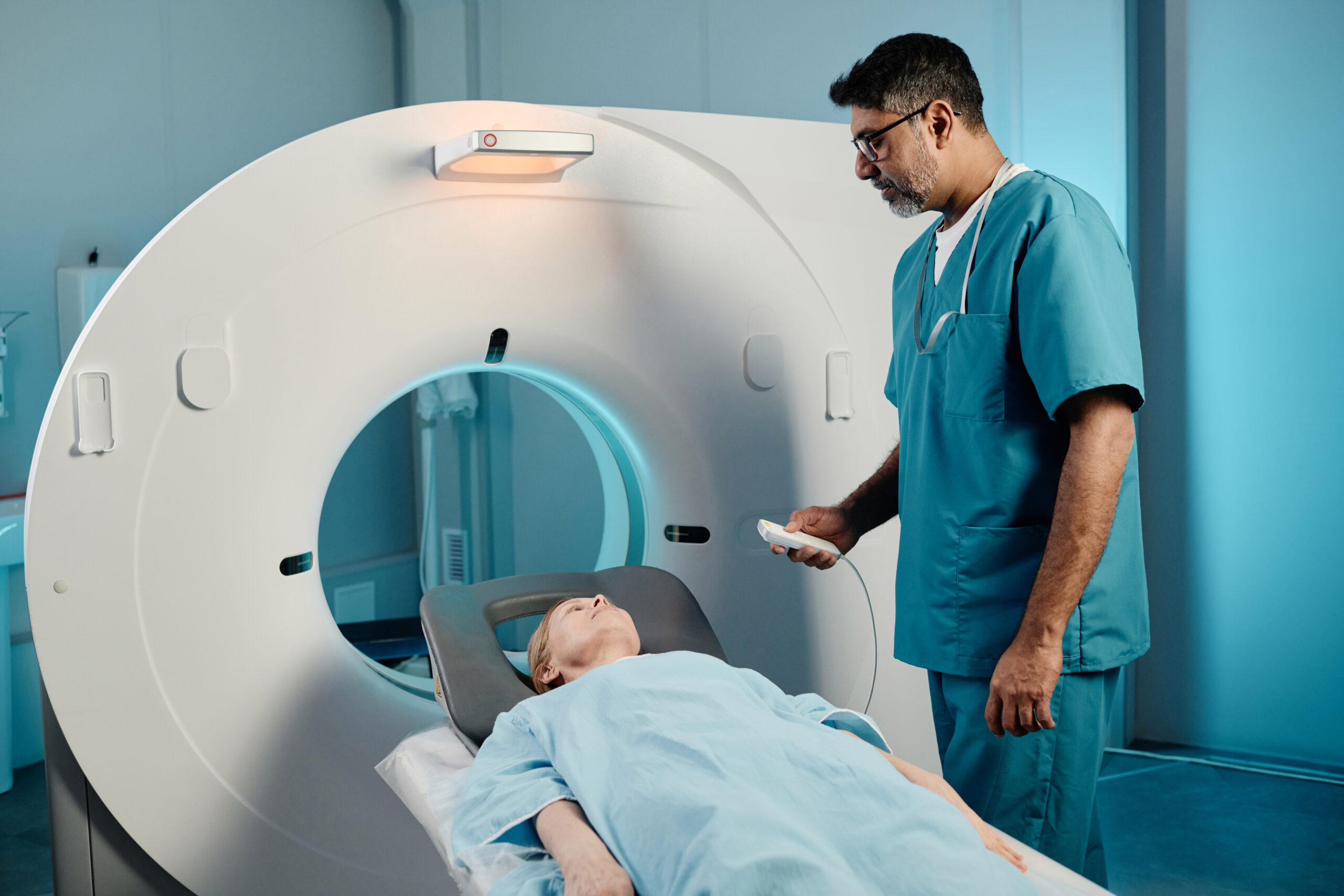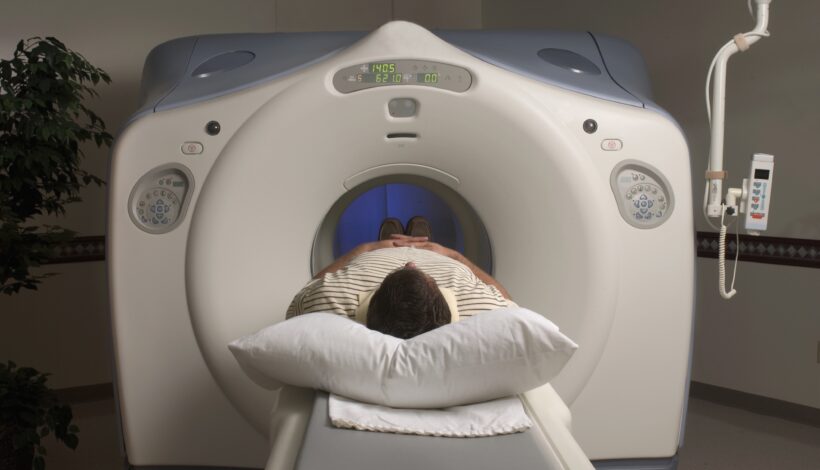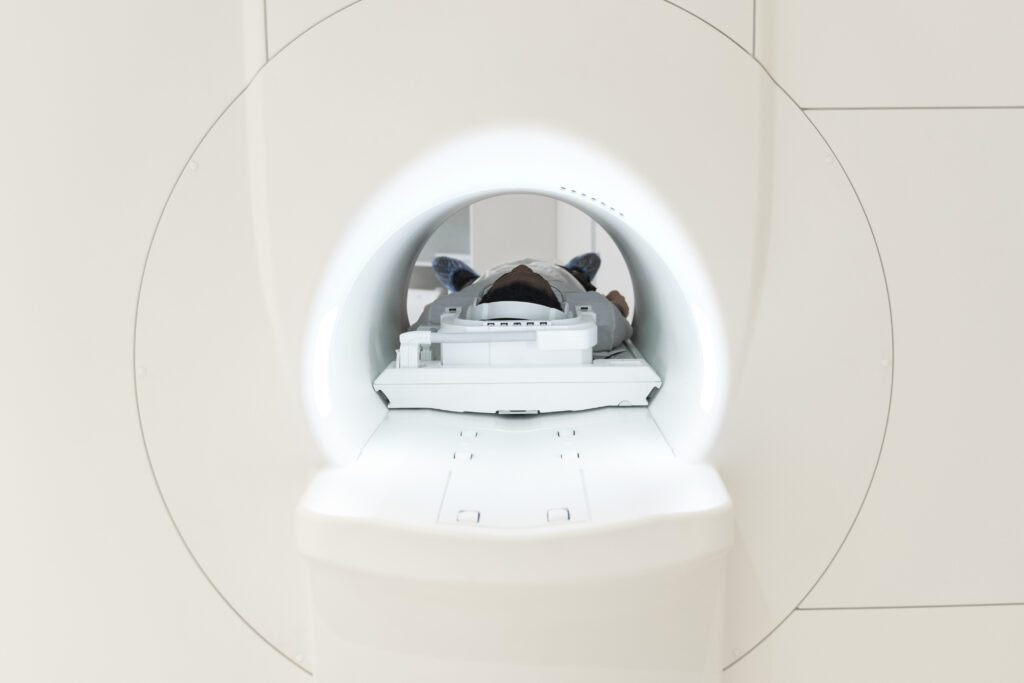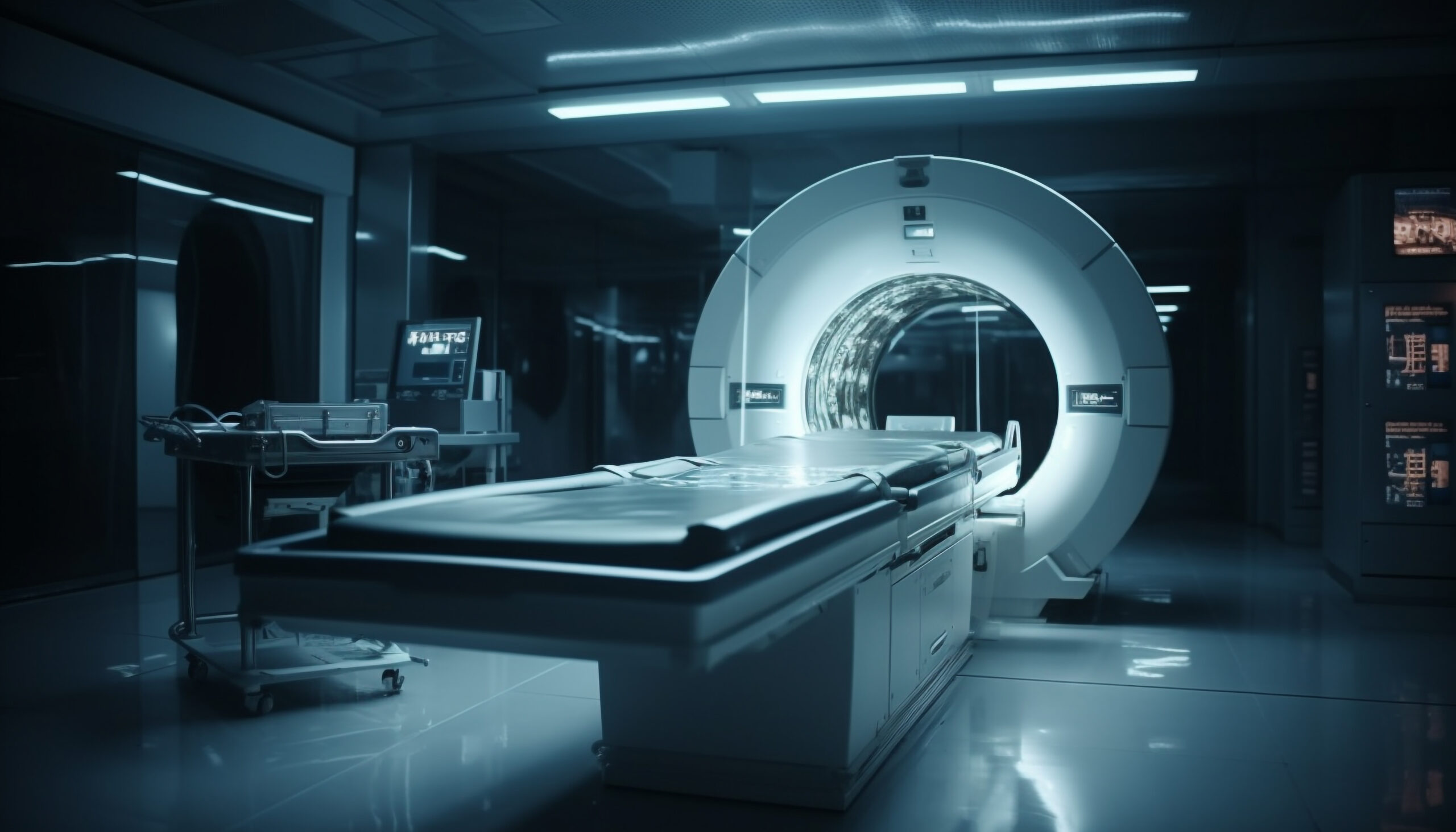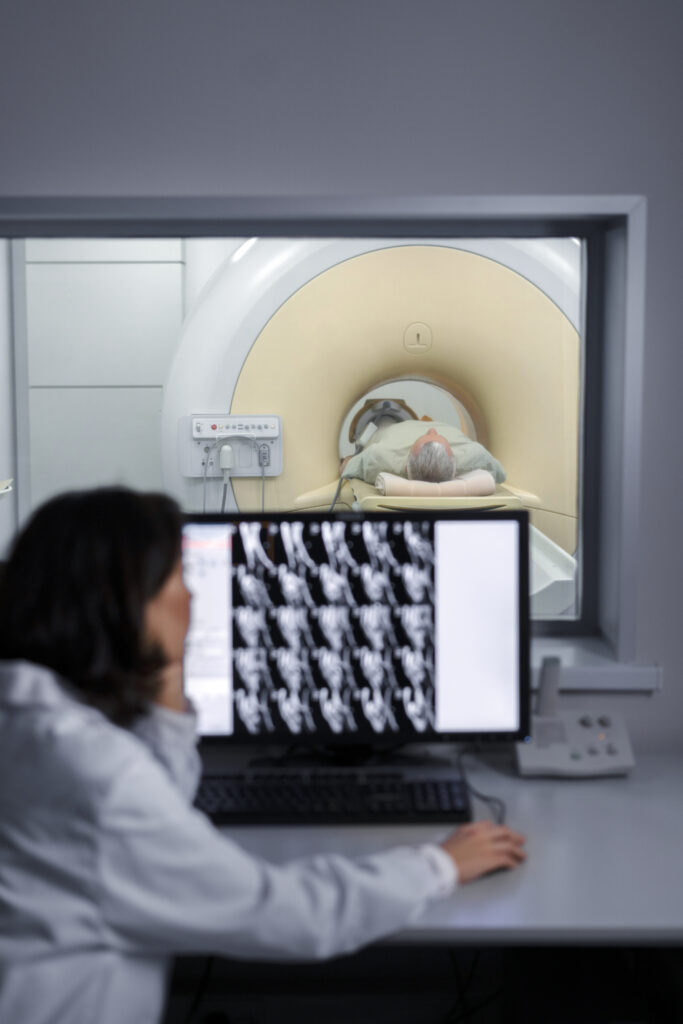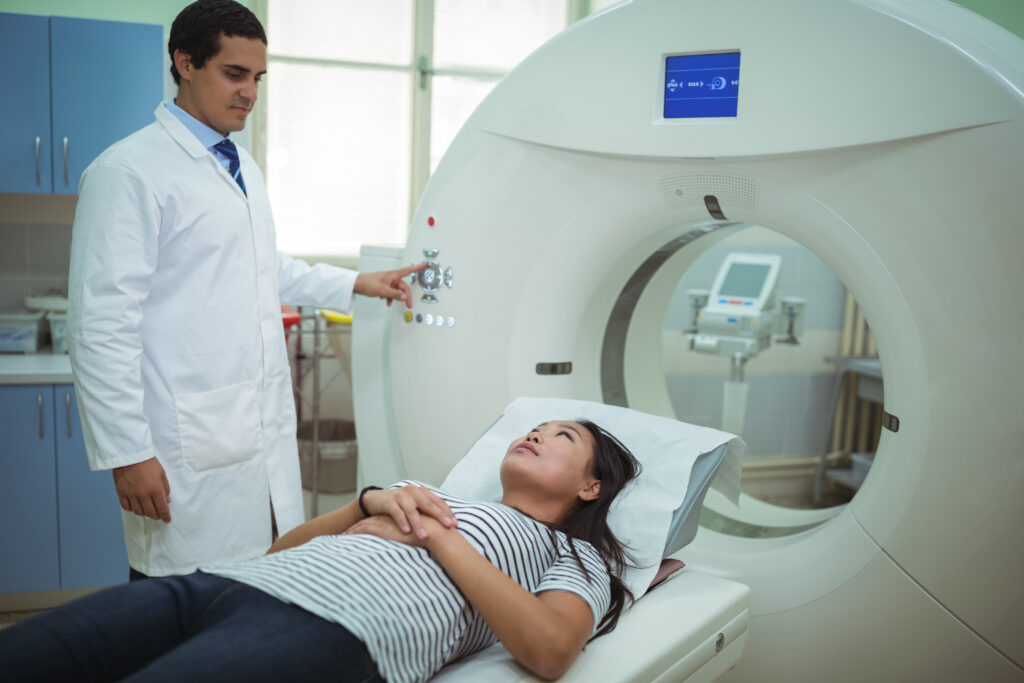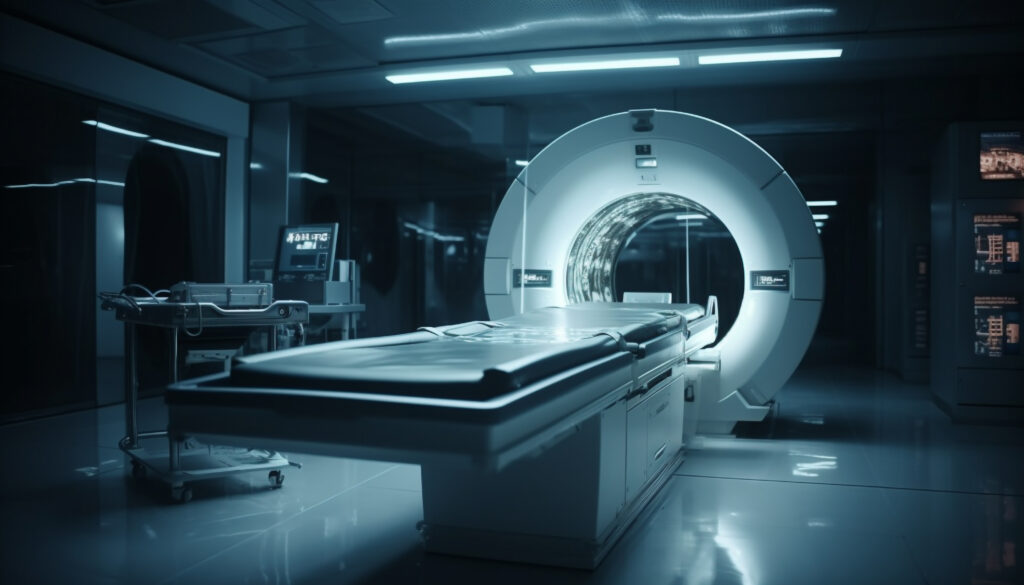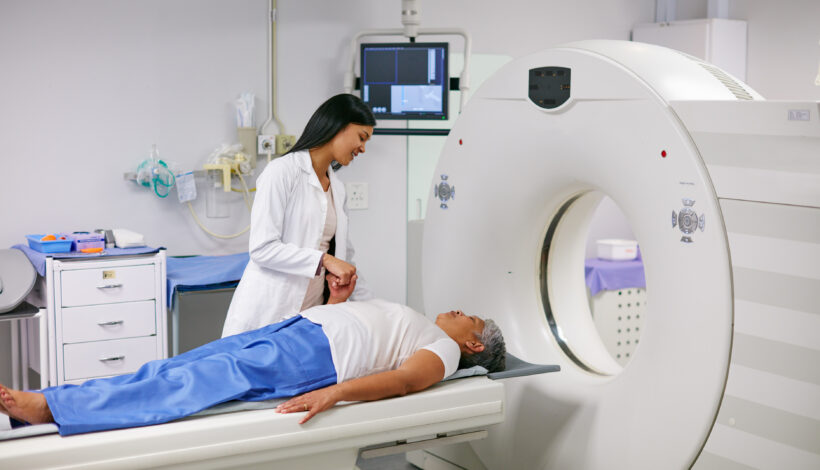In the evolving world of medical imaging, accuracy and early detection are critical—especially when it comes to diagnosing complex conditions like neuroendocrine tumors (NETs). Among the most advanced tools available today is the DOTA scan, a specialized PET scan that helps doctors see beyond what traditional imaging methods can reveal.
But what exactly is a DOTA scan, and why are so many specialists recommending it for diagnosis and follow-up care? In this blog, we’ll dive into what makes a DOTA scan so beneficial, when it’s used, and how it can change the course of treatment planning for the better.
What Is a DOTA Scan?
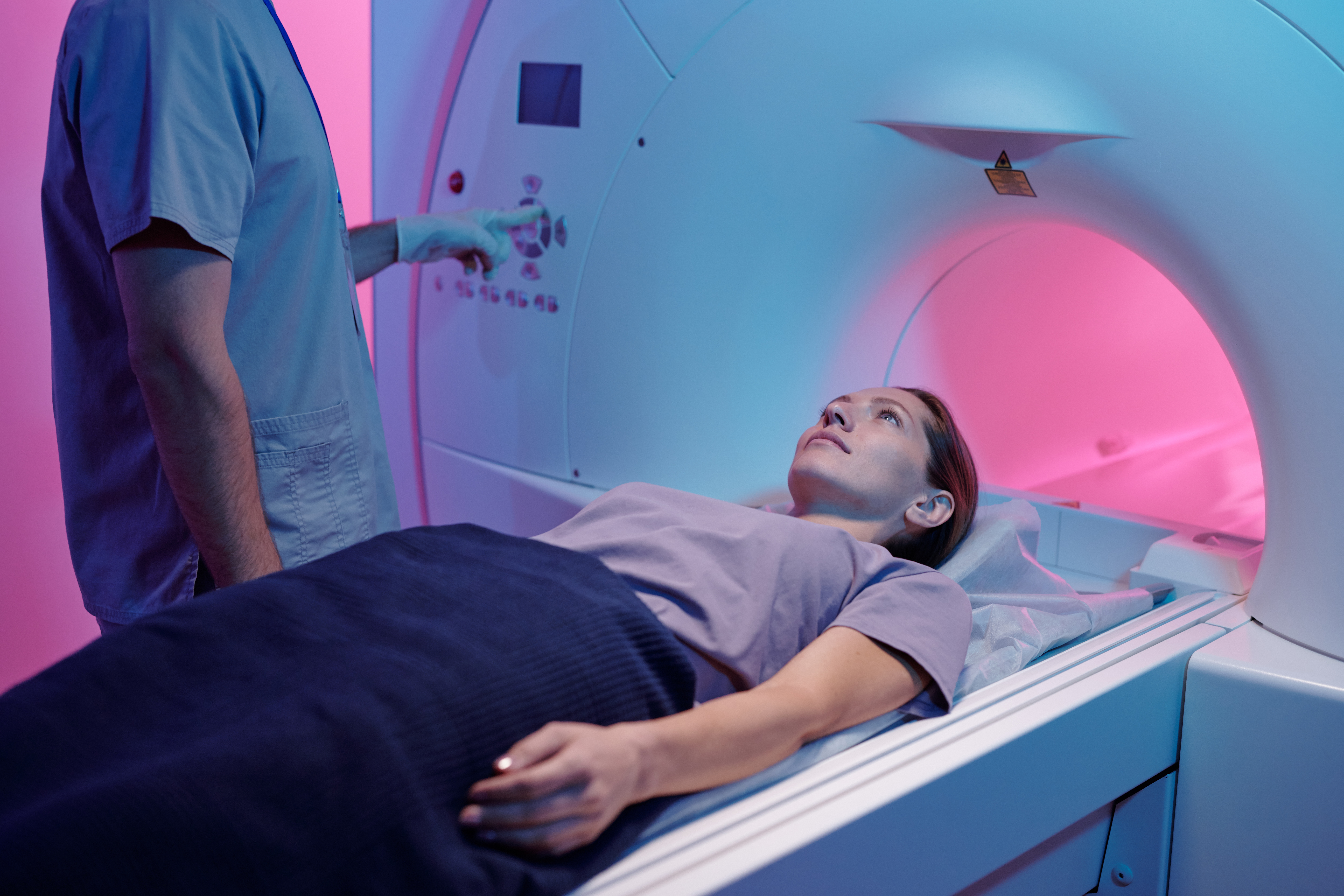
A DOTA scan commonly called a Ga-68/ 18-F DOTA PET scan is a highly sensitive imaging technique used to detect tumors that express somatostatin receptors, primarily neuroendocrine tumors. The scan involves using a radiopharmaceutical agent, often labeled with Ga-68/ 18-F, which binds specifically to these receptors and highlights abnormal tissue during the scan.
Unlike regular PET or CT scans, a DOTA scan provides clearer, more precise information about tumor location, size, and activity, making it a critical diagnostic tool.
Top Benefits of DOTA Scan
1. Highly Accurate Tumor Detection
One of the main reasons doctors recommend a DOTA scan is because of its unmatched accuracy. It can detect small tumors that might be missed by CT or MRI. This is particularly crucial for neuroendocrine tumors that are often slow-growing and hard to locate.
2. Early and Precise Diagnosis
Early detection is key to effective treatment. A DOTA scan can identify disease at an earlier stage than many other imaging methods. This early insight gives oncologists a head start in developing a targeted treatment plan.
3. Better Staging of Cancer
Knowing how far a tumor has spread is essential. The DOTA scan offers detailed images that help doctors accurately stage cancer, which directly impacts treatment decisions such as surgery, chemotherapy, or PRRT (Peptide Receptor Radionuclide Therapy).
4. Guides Personalized Treatment Plans
With its detailed imaging, the DOTA scan plays a crucial role in mapping out personalized treatment strategies. Doctors can see which areas are active and tailor therapies accordingly, especially for patients undergoing PRRT or monitoring tumor progression.
5. Effective for Follow-Up Monitoring
A DOTA scan isn’t just useful during diagnosis—it’s also vital during follow-up. Patients with known neuroendocrine tumors often undergo periodic scans to ensure the tumor hasn’t returned or progressed. The high sensitivity of DOTA imaging helps catch even minor changes.
6. Low Radiation Exposure Compared to Traditional Imaging
Despite its powerful capabilities, the DOTA scan uses relatively low radiation. This makes it safer for repeated use, especially in patients who require regular follow-ups or monitoring over several years.
7. Quick and Comfortable Procedure
Most DOTA scans are completed within a few hours, and the procedure is non-invasive. Patients usually receive a small injection of the radiotracer and rest before being scanned. The actual scan takes about 20–30 minutes and is generally painless.
When Is a DOTA Scan Recommended?
Doctors typically recommend a DOTA scan in the following scenarios:
- When a patient presents symptoms suggestive of neuroendocrine tumors (NETs)
- For accurate cancer staging and restaging
- To evaluate eligibility for PRRT therapy
- During routine follow-ups to detect recurrence or metastasis
- In patients with a previous inconclusive scan result from CT or MRI
Because of its specificity, the DOTA scan is often preferred over traditional octreotide scans and sometimes even over PSMA PET scans for certain cancers.
Why Choose Ace Imaging Center for Your DOTA Scan?
When it comes to high-precision imaging, Ace Imaging Center stands out as a leading destination for DOTA scans in Mumbai. Equipped with advanced PET-CT technology and a team of expert radiologists, Ace Imaging ensures quick, accurate, and patient-friendly diagnostic services. The center follows strict safety protocols and provides detailed reports that assist your oncologist in making timely decisions. Whether it’s your first DOTA scan or a follow-up, Ace Imaging is committed to delivering top-notch care, clarity, and convenience at every step.
Final Thoughts
In summary, the DOTA scan has transformed the way doctors approach cancer diagnosis and treatment—especially for patients with neuroendocrine tumors. Its high precision, safety profile, and utility in both diagnosis and follow-up make it a trusted imaging choice among oncologists worldwide.
![]()

